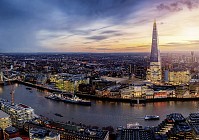Steep and slippery with patches of slick wet mud, the path to the summit of Chrome Hill isn’t always easy. But what an incredible view you get from the top. As I took the final steps up to the craggy white limestone summit, a 360-degree panorama opened out – a landscape of classic English countryside with a blanket of rolling green fields, divided by lines of trees and a winding river, with grazing sheep and an occasional farmhouse the only signs of life. Looking back the way I’d walked was the neighbouring Parkhouse Hill, a jagged green peak jutting out of the land that, along with Chrome Hill, gives this undulating area the nickname ‘The Dragon’s Back’. Best of all, on a cool but clear, blue-skied autumn morning, I had the hilltop to myself.
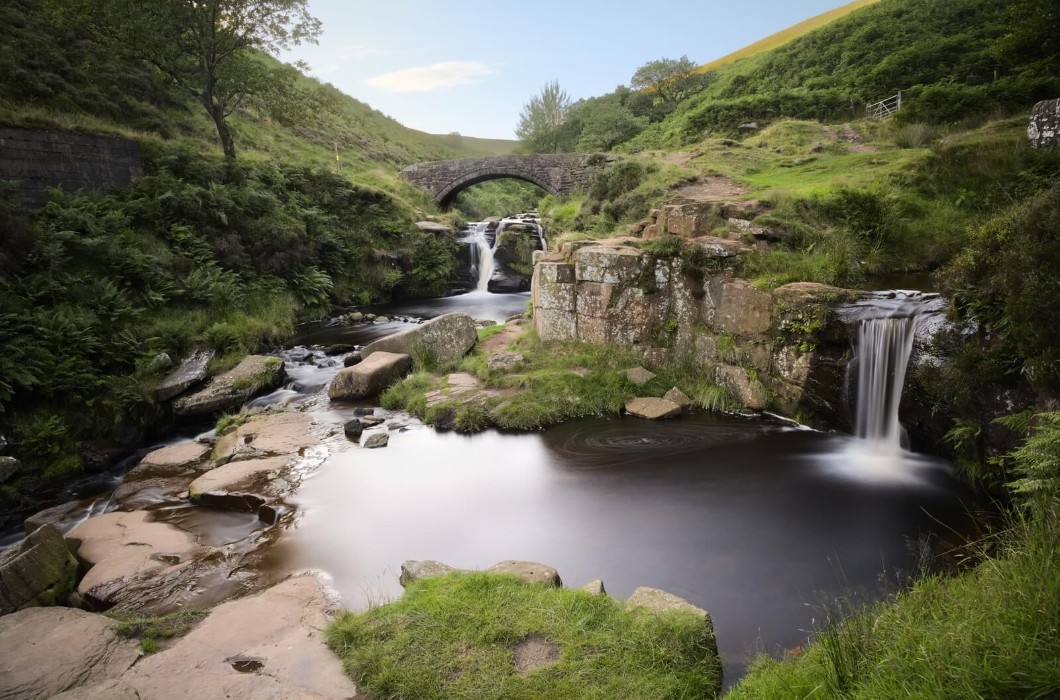
Finding moments of peace and scenes of incredible natural beauty isn’t difficult in the Peak District National Park. Surrounded by four cities (Manchester, Sheffield, Derby and Stoke-on-Trent) in the heart of England, the park is perhaps less famous internationally than the Cotswolds or the Lake District. But the region is easily their equal, with quiet quintessentially English villages where travellers can find red phone boxes, crumbly old churches, and the all-important pub. In and around the national park are some of the country’s finest hotels, often making good use of traditional English country houses. There are also vast country estates with centuries-old mansions and well-kept gardens, like Chatsworth House and Lyme Park, which might be familiar from film and television costume dramas.
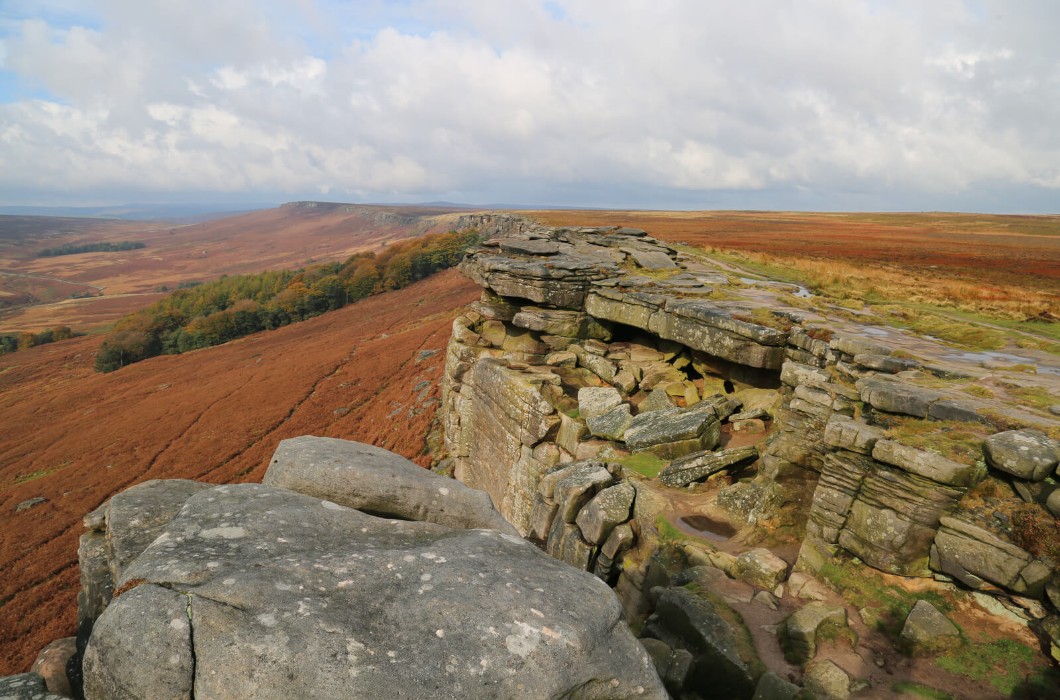
But above all, the Peak District is a place for people who like to explore the great outdoors and getting their boots or shoes a little dirty – it’s one of the best spots in the UK for walking, hiking, climbing or cycling. Stretching across the county of Derbyshire and parts of Cheshire, Staffordshire, Greater Manchester and Yorkshire, the relatively small area (just 555 square miles, or 1440km2) is packed with diverse and strikingly beautiful landscapes, ranging from the craggy limestone hills, valleys and gorges of the White Peak area, found mainly in the south, to the blustery moorland and imposing gritstone ridges of the Dark Peak area. Along the way, there are rushing rivers, thick fragrant forests and mirror-like lakes, and farmland populated by sheep, cows and the occasional alpaca, with the remote north of the park giving way to bracken-covered peaks that look like they’re in the Scottish Highlands.

The Peak District was, proudly, the UK’s first ever national park. It’s a good example of the rebellious, indomitable British spirit. In April 1932, 400 ramblers defied the law to hike up Kinder Scout, the area’s highest peak (636 metres), a coordinated protest against the fact that walkers in England and Wales were being denied access to areas of open countryside, due to wealthy landowners who wanted to maintain exclusive use of moorland areas, including for grouse shooting. The protest was part of a long-running ‘Right to Roam’ campaign across the UK.
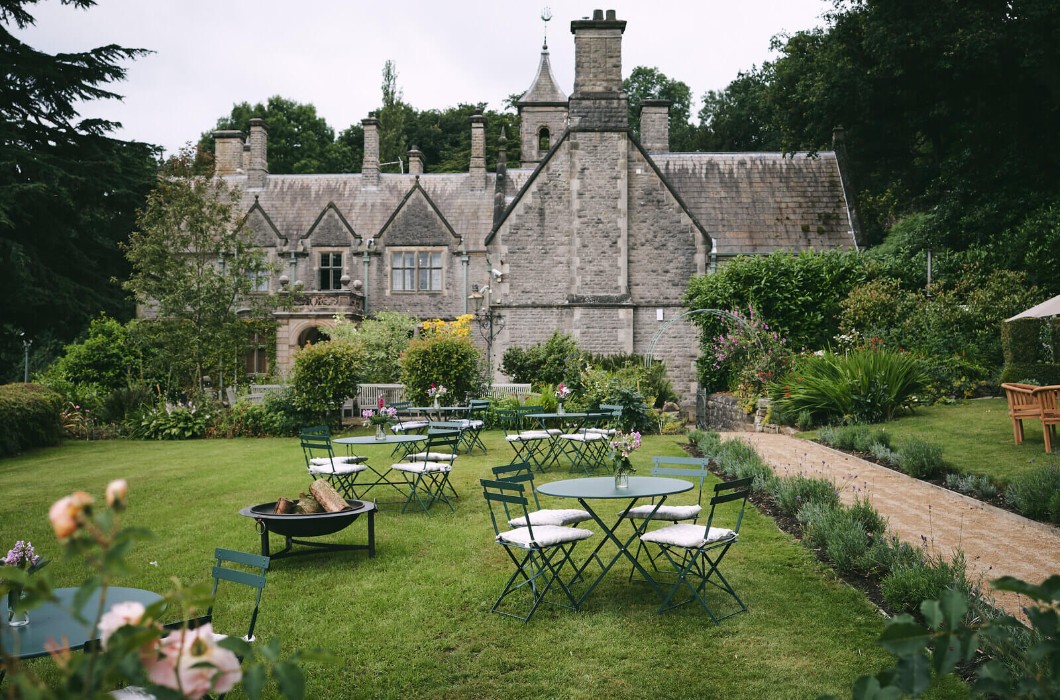
Five of the trespassers were arrested and imprisoned. The outrage that followed and widespread public support for the idea that all people should be allowed to enjoy the countryside, helped lead the way for the trailblazing Peak District National Park to be established in 1951. Today, there are 15 national parks across England, Scotland and Wales, with more reportedly on the way soon. The Peak District’s worth visiting in any season, but autumn means fewer people on the peaks and hiking trails. Though you can never bank on good weather, you can often enjoy sunny days with nostalgic soft light in the autumn, with the landscapes’ long grasses, moorland and trees also taking on mesmerising shades of red and yellow.
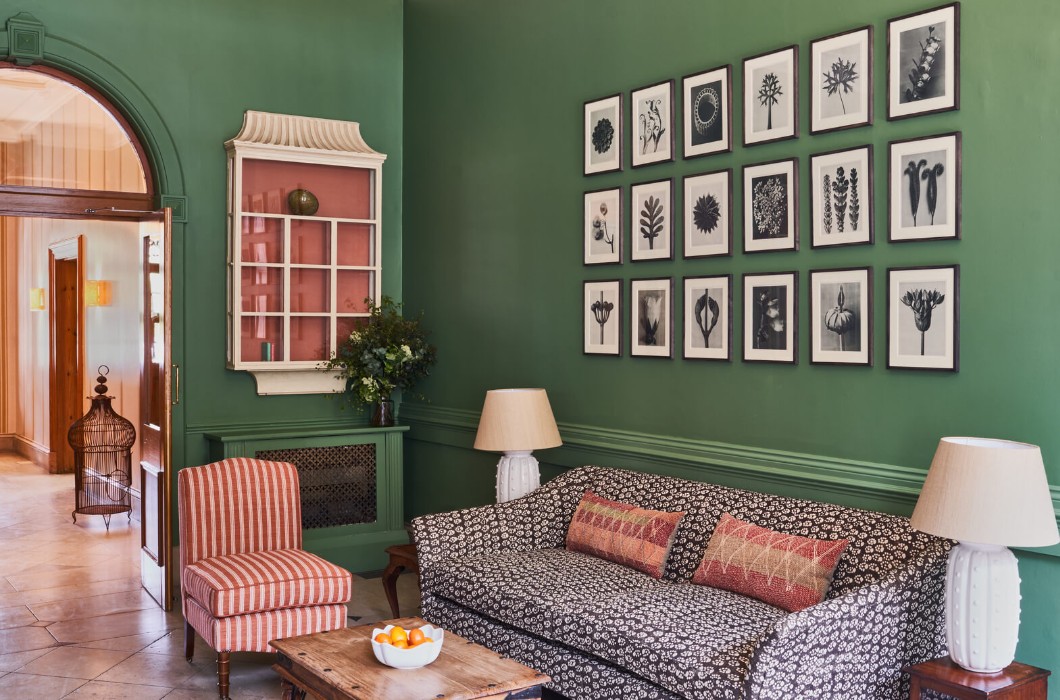
We based ourselves at Callow Hall (Wildhive.uk), Wildhive’s creatively put-together rural retreat outside the town of Ashbourne, just beyond the southern border of the park. The hotel occupies a country house from the 1850s, which has a bell tower and Virginia creepers coating the outside walls, which shift from dark green to a gorgeous crimson in the autumn months. Inside the house, there are corridors decorated with pressed plants and botanical drawings, and cosy, quiet lounges with abstract art prints, comfy sofas, board games and books. The house has elegant, comfortable bedrooms, but the real reason to come here is to stay in one of the wooden, stilted treehouses immersed in the woodland next to the house, where wooden sculptures of foxes, ravens and other local creatures are arranged along the pathways.
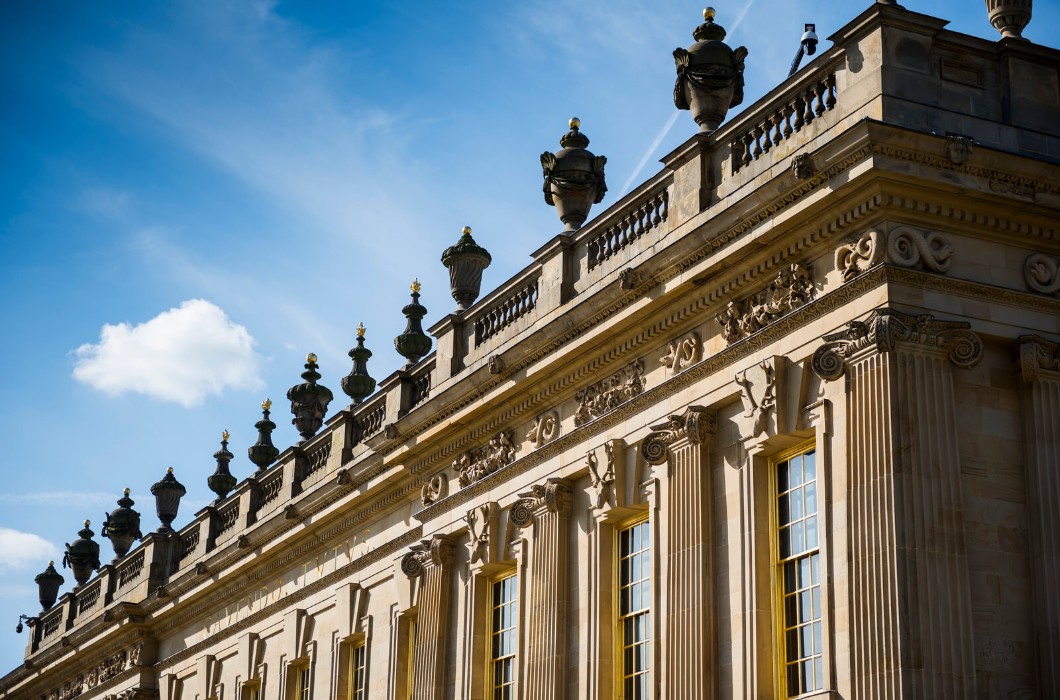
We stayed in Nettle, one of the cosy Hives (one-bedroom treehouses). The smart cabin interior was constructed from reclaimed pallets, with hand-painted wooden panels and pressed flowers framed on the walls, and a little kitchen area (microwave, sink, fridge…) tucked away in a corner. From the seating area on our wooden deck, I enjoyed a sense of calm, as sunlight blinked through the surrounding trees’ branches and squirrels scampered among the ferns below. At night, we went for dinner in The Garden Room, a new extension from the main house, with floor-to-ceiling glass along the front looking out to open fields. Like the hotel, the menu is inviting and creative, with starters such as grilled English peaches with burrata and honeyed pistachios, and a novel, delicious Sushi Pizza (raw tuna cubes and Cornish crab with avocado and wasabi, served on a disc of crispy rice), mains ‘from the farm and coast’ (Derbyshire lamb, seabass…), and desserts, such as lime drizzle cake with rum and ginger beer sorbet.
-credit-to-chatsworth-house-trust-926luh.jpg)
In the morning, we enjoyed the sounds of birdsong and wind rustling through the trees from our deck, before a leisurely breakfast down at the Garden Room, which sets us up for a day in the hills. There are more walks in the Peak District than you could fit into one trip. Passing one of the millstones that mark the borders of the Peak District, we drove to Dovedale, a pretty river valley in the south of the park with exposed patches of limestone on the hills – typical White Peak scenery. Our walk took us along the River Dove and across the fast-flowing water on a series of stepping stones to pick up the path through a spectacular valley. Slowly, we wound our way up to the top of the almost conical Thorpe Cloud hill. Busy in the summer, the summit was almost empty, with just a few other hikers occasionally coming and going. We perched on rocks and soaked up the sunshine and scenery, including the River Dove far below.
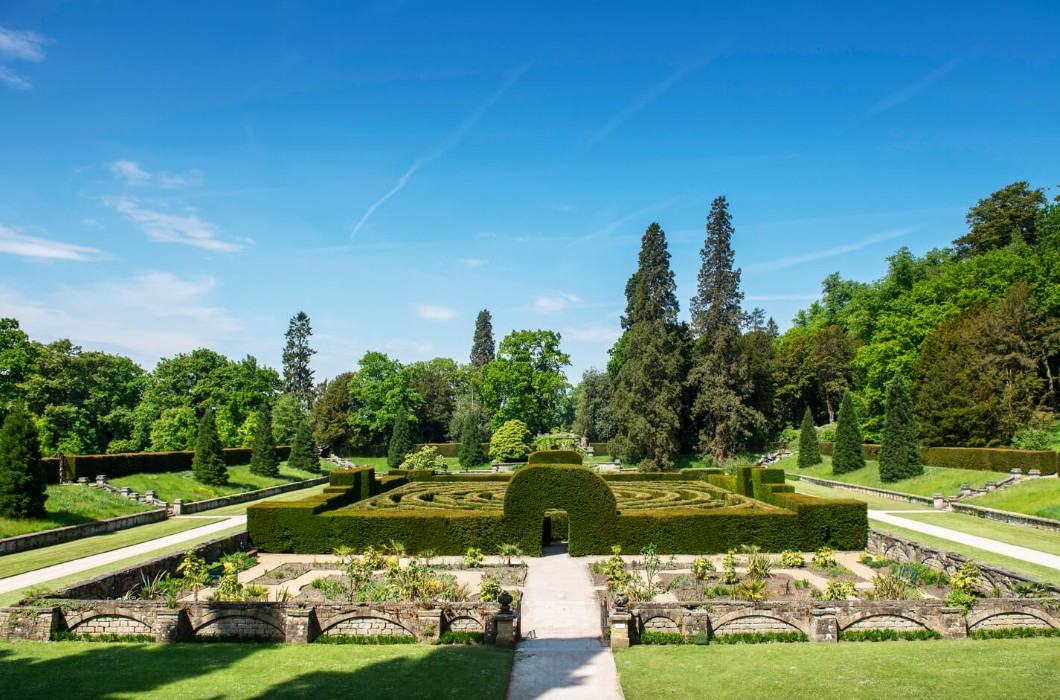
The Parkhouse Hill and Chrome Hill walk in the western side of the park, reached from the village of East Sterndale, was another memorable highlight. But the park isn’t just about peaks – there are also lovely valleys, or dales, to explore, like Dovedale or the nearby Milldale, where we saw a beautiful kingfisher with electric blue and orange feathers flitting along the riverbank, and Wolfscote Dale, where warm sun lit up the surrounding hills and yellow leaves fluttered, like confetti, across the path. The south of the park contains some of the Peak District’s loveliest villages, including Tissington, where you can find the stately Tissington Hall, an old well and a duck pond, and Hartington, which has a central cluster of village stores, including a traditional cheese shop that sells creamy Hartington Stilton, Dovedale Blue and varieties of Peakland White cheese (including the not-so-traditional ‘chocolate and chilli’ flavour).
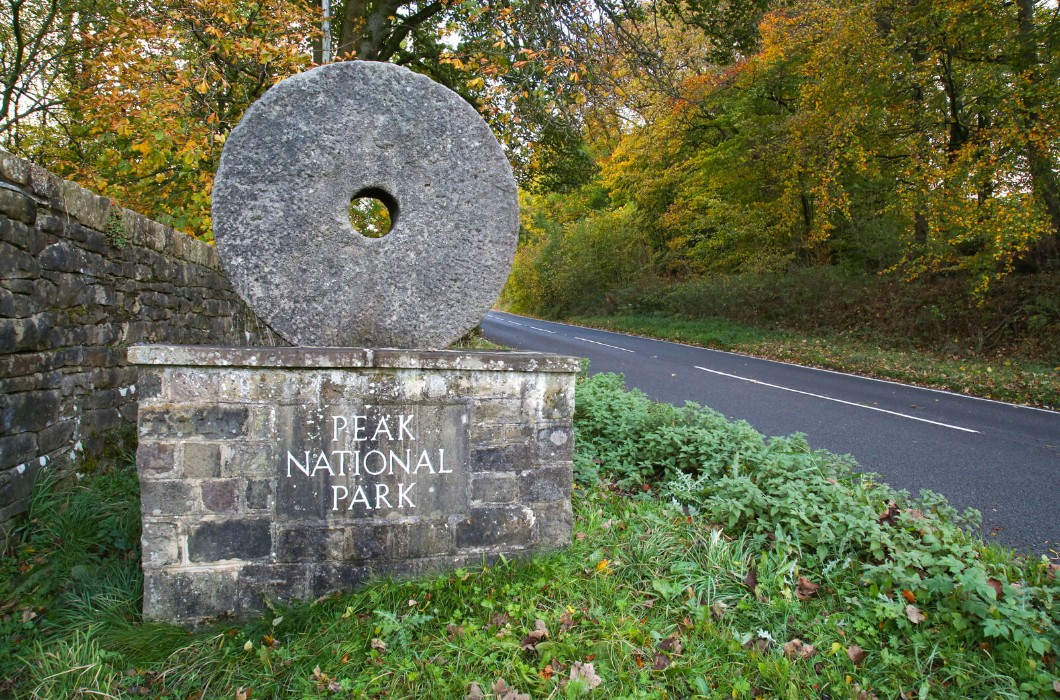
Further north, we visited Haddon Hall, a castle-like medieval manor house on the River Wye, which dates back to the 12th century – one of the oldest houses in England. From the silent chapel with stained glass windows, we made our way into the main house, where swords and 500-year-old tapestries were hanging on the walls. A fire had been lit in the giant fireplace inside the Great Hall, where the previous owners would have hosted banquets with boar’s head, peacock and swans on the menu, washed down with home-brewed ale made from barley and served in animal horns. Beyond the town of Bakewell (home of the original sticky almond and strawberry jam Bakewell Pudding, which inspired the more popular Bakewell Tart), we spent the afternoon on the Chatsworth Estate. Built in the 1700s and home to the Cavendish family for nearly five centuries, the 175-room Chatsworth House is one of the most impressive country houses in the UK – it’s appeared on the big screen in films from The Duchess (starring Keira Knightley and Ralph Fiennes) to The Wolfman (with Anthony Hopkins and Benicio del Toro).
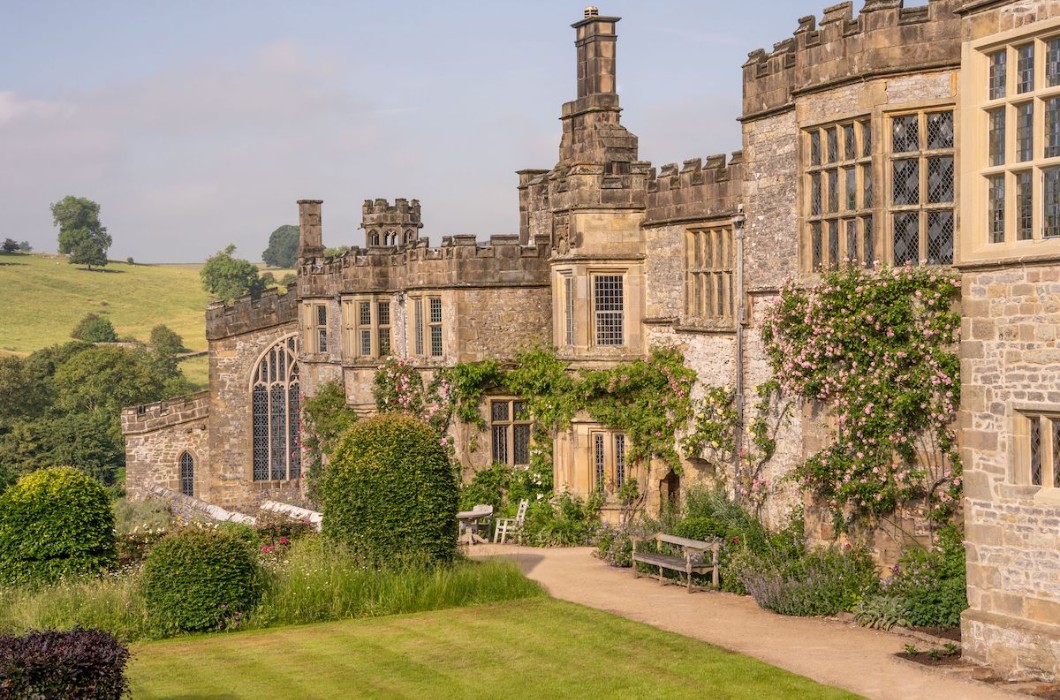
Inside the house, there are vast wooden staircases and giant chandeliers, with some of the owners’ collection of artefacts and artworks on display, including paintings by Rembrandt and Lucian Freud, hulking lion statues, leather-bound books, and a wall-mounted Egyptian tablet inscribed with hieroglyphics that’s more than 4,000 years old. We took a relaxing walk through the 105-acre landscaped garden, where there are gushing fountains in ponds and classical statues along the sides of neat lawns, as well as a rock garden, waterfalls and a maze. The sprawling grounds are also well worth a wander, with deer occasionally seen marauding in herds across the estate. Leaving Chatsworth, we saw the first of the park’s dramatic gritstone ‘edges’ of the Dark Peak, the national park’s defining feature. Curbar Edge is an invigorating walk, with intriguing formations of gritstone and views out over the villages cradled in the wide green valley below.
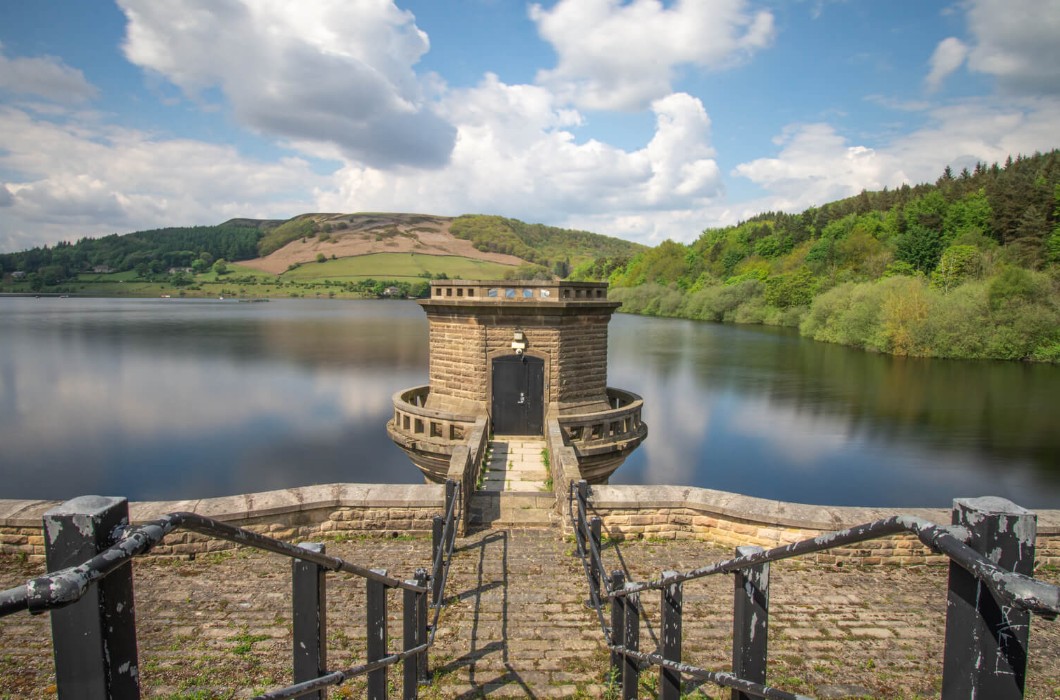
Further north, we stopped at Hathersage, where the author, Charlotte Bronte lived before publishing Jane Eyre, drawing on local locations, such as North Lees Hall, in the novel. The local churchyard’s also the burial place of Little John, Robin Hood’s right-hand man, according to the legends. Beyond Hathersage, Stanage Edge is one of the park’s most iconic features – it’s popular with climbers who test their mettle on routes up the rock face. The four-mile-long shelf of dark rock makes a fantastic walk with views over chocolate-brown bracken, yellowing trees, expansive moorlands and the distinctive buildings of the distant cement works.
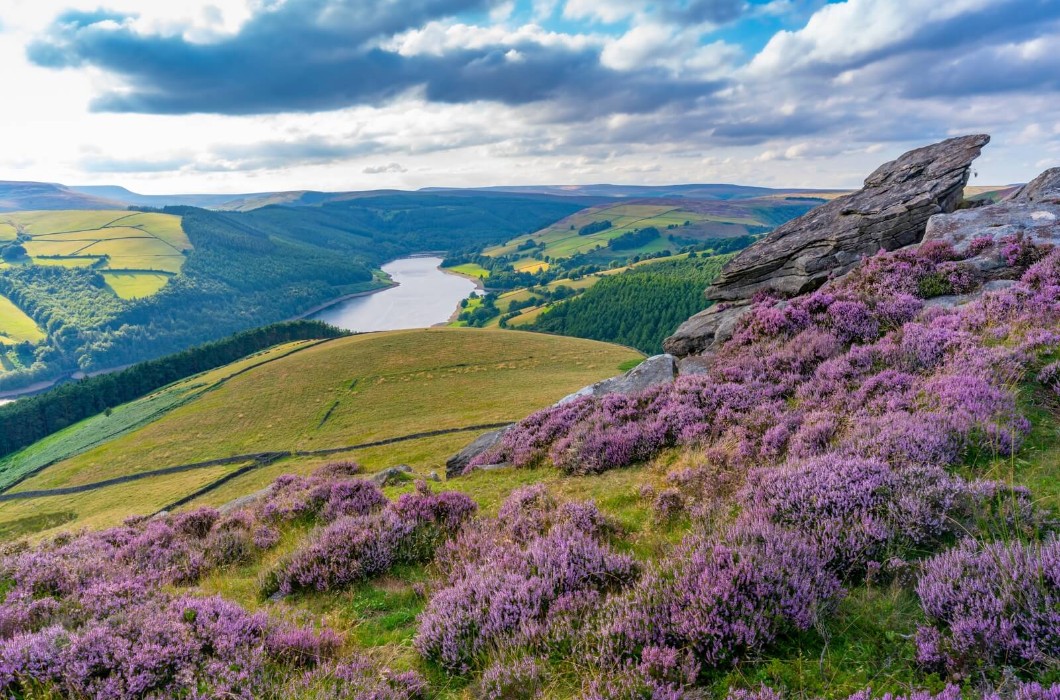
We also spent time exploring the Hope Valley, where the ruins of 11th-century Peveril Castle look down over the town of Castleton. Mam Tor, just above the town, is one of the park’s most popular hills for walkers – from the viewpoint, you can look out over the Edale Valley to Kinder Scout. As impressive as Chatsworth and Haddon are, there’s another type of ‘house’ that’s an unmissable part of a trip to the Peak District: the public house. The Devonshire Arms at Beeley, The Scotsman’s Pack in Hathersage and The Royal Oak at Hurdlow (close to Chrome Hill) are just a few of my favourites. They are traditional pubs where you can find everything from English classics (fish and chips, steak and ale pie…) to honey-roasted figs and goat’s cheese with pomegranate. No matter where your boots take you in the Peak District, you’re rarely far from a hearty plate of British pub grub, a few pints of locally brewed ale, and a warming fire. What could be better?







